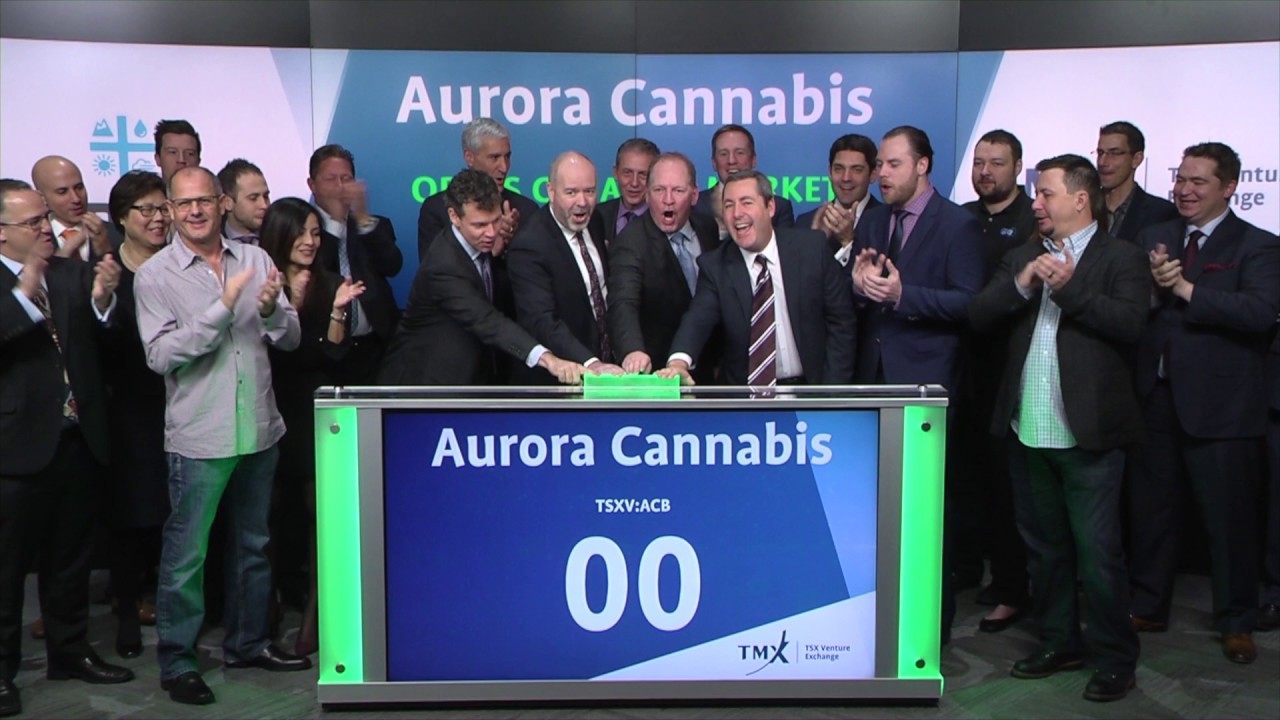
Shorting Aurora Again – Cannabis News, Lifestyle
In 2018, I proposed shorting Aurora. Bad advice, many thought on the eve of legalization, as licensed producers’ stocks soared.
But the basis of the Canadian LP system is flawed. In 2022 this will become clear. You made money if you shorted Aurora before the cannabis bubble burst.
The question now is: is Aurora worth buying at a dip now?
Short circuit Aurora again
Aurora Cannabis is one of the worst-performing stocks out there. When I first proposed shorting Aurora, the company had announced it would acquire MedReleaf for over $2.5 billion. Today, Aurora’s total market cap isn’t even worth that much. At the time, its value was $7.4 billion. Aurora’s market cap in 2022 is $400 million.
Far from being Canada’s number one cannabis supplier, they are Canada’s biggest LP losers. From billions to millions, Aurora has lost well over 95% of its value since 2018, when I first suggested investors short the stock.
(Shorting stocks means selling stacks of stocks to make a profit and then buying them back cheaply when the price falls.)
Will Aurora continue to plummet, or is it time to buy cheap in hopes of a Canadian cannabis bull market?
European Connections & Homemade Losses
Canada’s small population and relatively small cannabis market doesn’t justify a large number of large producers. So, as in 2018, Aurora is selling investors the potential in Europe. Aurora is one of the few Canadian companies with a growth license in Germany. And with Germany likely to legalize it by the end of the year, it could certainly boost Aurora’s stock value.
Regardless of when or how Germany legalizes, Aurora is still struggling at home. Alberta’s infamous “Sky” facility closed its doors despite being hailed as a pioneer in cannabis cultivation just a few years ago.
Aurora also announced net losses of $1 billion in the third quarter. The Company’s third quarter financial and operating results showed revenue decreased 17% sequentially to $50.4 million.
“If you take a look at the top players in Canada, you take a look at where their share prices compare to their all-time highs, and we take a look at losses of 99 cents on the dollar,” says Nawan Butt, portfolio manager at Purpose investments. “It’s all to deter the shareholder for the LPs. And I’m surprised more shareholders aren’t appalled by some of the decisions management has made.”
Of course, shareholders are probably horrified at Aurora, which is why the company is laying off 12% of its workforce to cut costs by $90 million.
Shorting Aurora based on negative cash flows
The problem for Aurora Cannabis and many other big LPs is that they’ve never been cash flow positive. Governments and the media like to promote environmental, social and governance (ESG) ratings to determine if a company is “truly” profitable. But this obvious aroused progressive nonsense.
All that matters is positive cash flow, which is a concern for Aurora. From last July through March of this year, Aurora used $83 million to fund its day-to-day operations. Last June, Aurora raised $172.5 million through offering shares. Investors have every reason to worry about dilution.
Is it time to short Aurora again? In 2018, Aurora traded 28 times higher than it should be when considering earnings before interest, taxes, depreciation and amortization. Today, Aurora trades at 1.7 times the revenue it earns from selling cannabis.
Canopy is in a worse position, with investors paying 3.6 times earnings.
German legalization can boost its stock performance as did Canadian legalization. But this boost was short-lived as the company’s fundamentals are too risky.
The foundations of Canada’s legalization system are not solid. Throw in an economic depression (the consequence of excessively low interest rates, not the “psychology” of the masses) and it’s a perfect storm.
It’s probably time to short Aurora again.

Post a comment: